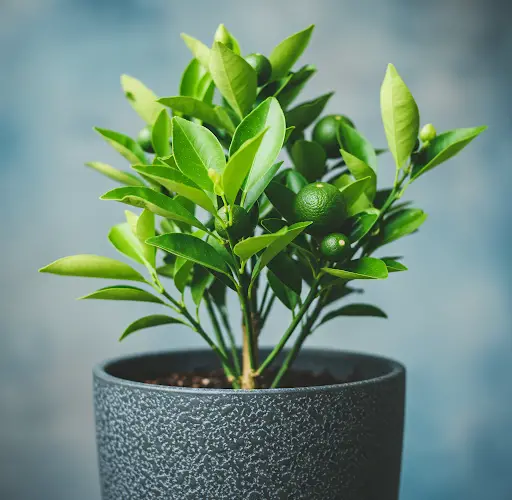How to Prune Your Lime Tree for Better Production All Year Round
Lime trees can be an excellent addition to your home garden, especially when grown in containers. In this article, I’ll guide you step by step on how to prune your lime tree to ensure it produces high yields throughout the year. With the right care and pruning techniques, your lime tree can thrive and bear fruit consistently. So let’s get started!
Understanding the Growth of a Lime Tree
Lime trees are fairly easy to grow, especially in containers. They are known to be productive and adaptable, making them a great choice for those looking to grow fruit at home. However, to achieve optimal results and ensure a steady production of fruit, it is essential to manage the tree’s growth, especially its height and branching structure.
The first thing you need to assess when pruning your lime tree is the overall health and structure. If your tree is already producing fruit, don’t worry—you can still prune it without harming the existing fruits. The key is to focus on strategic cuts that will promote better circulation of air and sunlight, leading to healthier growth and more fruit production.
When and How to Prune Your Lime Tree
It’s important to prune your lime tree at the right time. Ideally, you should prune it during its growth season, but be mindful not to cut too much at once. Always remember that you are shaping the tree to enhance its productivity, so make sure the cuts you make help encourage the growth of new branches that will bear fruit.
The first step in pruning is to remove any dead or damaged branches. This helps your tree focus its energy on healthy growth. For example, if you notice branches that are brittle or broken, trim them away as they can harm the overall health of the tree.
Removing Overgrown or Unwanted Branches
Once you’ve removed the dead branches, it’s time to manage the shape of your tree. One of the most common mistakes people make when pruning lime trees is not controlling the height. For instance, if you have a branch growing too tall or in an undesirable direction, you should trim it back to a more manageable size. Keeping the tree’s height under control will prevent it from becoming too lanky or difficult to manage in the future.
In my case, my lime tree was planted in a 20-liter container, which is relatively small, but I’ve managed to get great results. The key is to keep the tree’s growth in check and prune branches that are not contributing to its overall health or fruit production.
Opening Up the Tree’s Center
Another essential step in pruning is clearing the center of the tree. This helps increase sunlight exposure, which is crucial for the tree’s photosynthesis process. The more sunlight your tree receives, the better the fruit production will be.
To open up the center, carefully trim branches that are growing inward or crossing each other. These branches block sunlight and air circulation, making it harder for the tree to thrive. By removing these branches, you allow light to penetrate the center and stimulate growth in the outer branches, which are more likely to bear fruit.
Focusing on New Growth
While pruning, it’s important to keep in mind that lime trees tend to produce fruit on new growth. So, when you trim older, less productive branches, you encourage the tree to develop new shoots that will yield fruit. Make sure to focus on removing older or non-productive branches to make room for the younger, more fruitful ones.
If you notice any branches with fruit, you may hesitate to prune them, but don’t worry! If a branch is still producing fruit, leave it in place until the fruit has been harvested. Once the fruiting season is over, you can safely remove those branches to allow for the growth of new ones.
Final Tips for Healthy Lime Tree Growth
In addition to pruning, it’s important to care for your lime tree by ensuring it has enough water and nutrients. Lime trees thrive in well-draining soil and should be watered regularly, especially during the growing season. However, make sure not to overwater, as this can lead to root rot.
For fertilization, organic compost is an excellent choice. It enriches the soil with nutrients while promoting healthy microbial activity that helps break down organic matter for the tree to absorb. Using natural fertilizers ensures that your tree gets the nutrients it needs without harming the soil or the plant itself.
With proper care and attention, your lime tree will grow strong and healthy, producing fruit year after year. By following these pruning tips, you can help your tree reach its full potential and enjoy a bountiful harvest.



